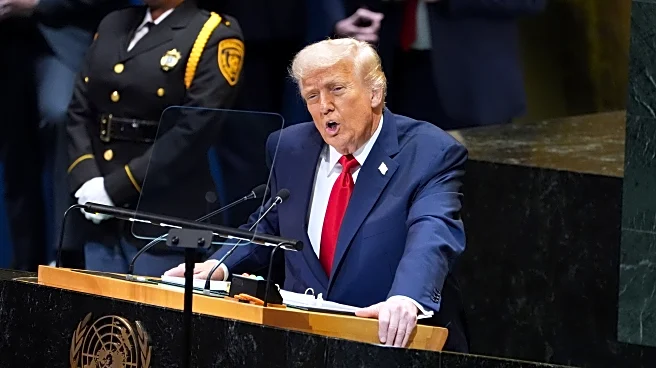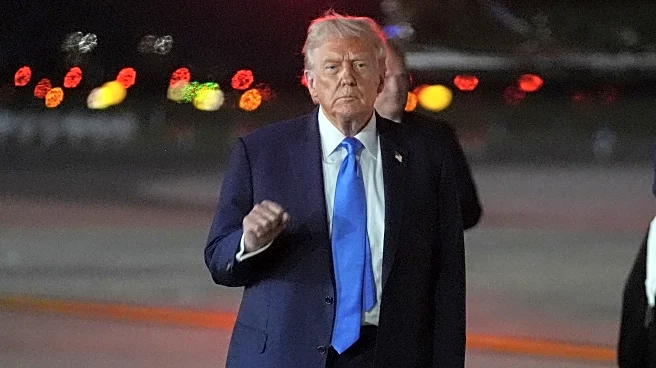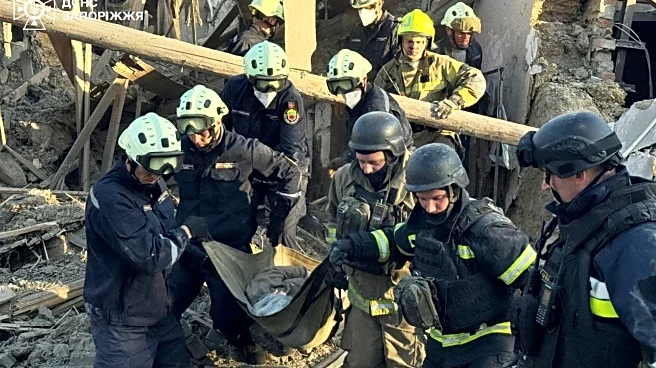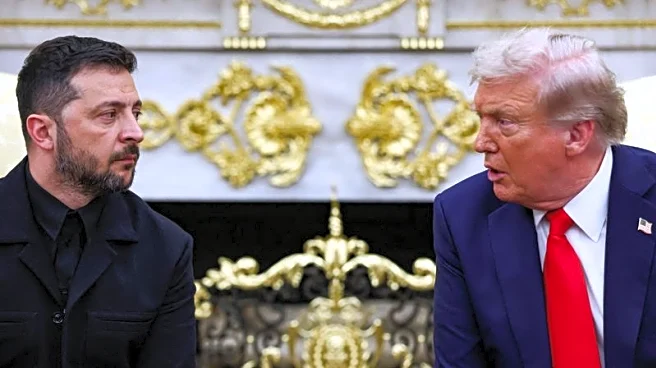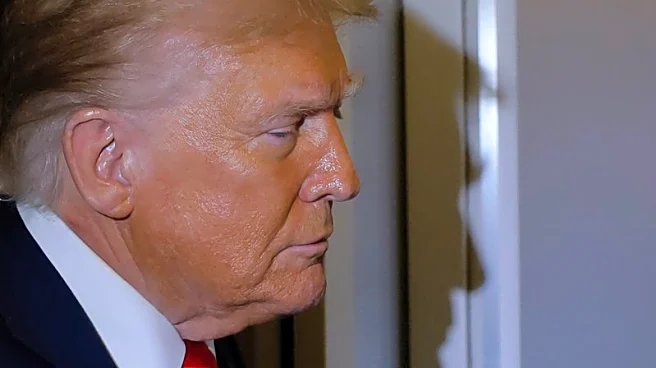What is the story about?
What's Happening?
Gold prices have experienced a significant increase, rising by $420 per ounce over the past four weeks to reach $3,747. This surge includes a $63 gain in a single day. The rise in gold prices is attributed to several factors, including the expansion of government budgets and debt during the COVID-19 pandemic, geopolitical tensions following Russia's invasion of Ukraine, and economic policies under President Trump's administration. The increase in gold prices is seen as a reflection of broader economic instability and changing global dynamics.
Why It's Important?
The rapid increase in gold prices is indicative of underlying economic and geopolitical tensions. Gold is traditionally viewed as a safe haven asset, and its rising value suggests that investors are seeking security amid uncertainty. This trend could have significant implications for global markets, signaling potential instability in currencies and international trade. The situation may affect U.S. economic stakeholders, including investors and policymakers, as they navigate the challenges posed by shifting global economic conditions.
What's Next?
If the current trajectory continues, gold prices may reach or exceed $4,000 per ounce, further impacting investment strategies and economic forecasts. Stakeholders, including financial institutions and government agencies, may need to reassess their approaches to managing economic risks. The ongoing geopolitical tensions and economic policies will likely continue to influence gold prices and broader market dynamics.
Beyond the Headlines
The rise in gold prices highlights deeper issues such as the breakdown of global order and changing social norms. These shifts may lead to long-term changes in international relations and economic policies, affecting how countries interact and trade. The situation underscores the need for strategic planning and adaptation in response to evolving global challenges.
AI Generated Content
Do you find this article useful?





